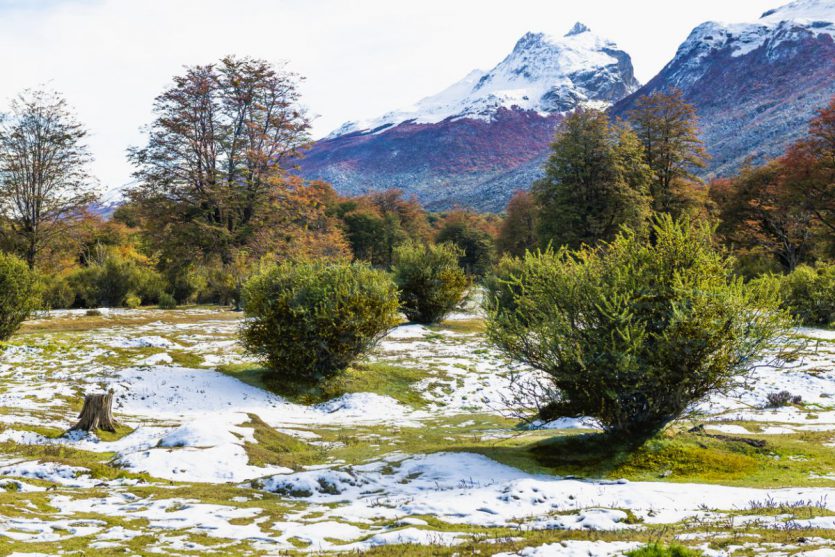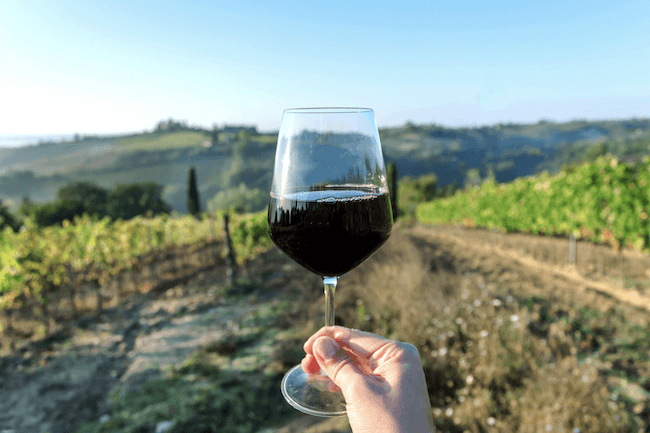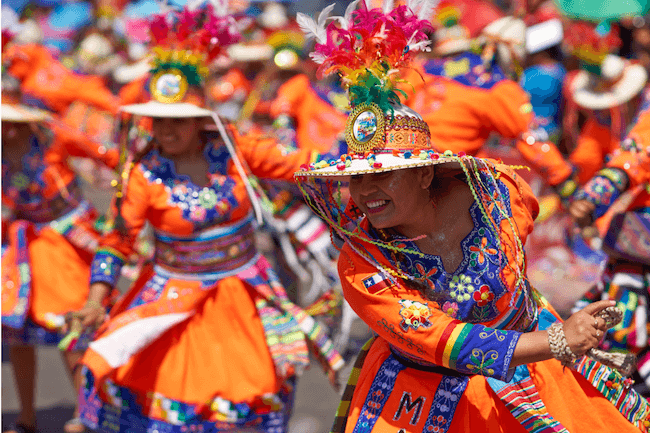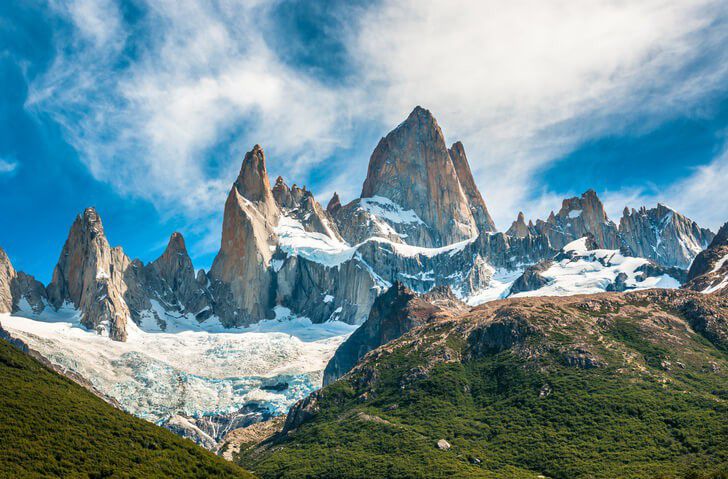At the southernmost tip of South America lies Tierra del Fuego, a land of rugged beauty and historical intrigue. This remote region was home to the Fuegians, the indigenous peoples who have inhabited these harsh landscapes for more than 7,000 years. In the mid-19th century, there were an estimated 3,000 of them still living a nomadic life between land and sea
Where does the name “Fuegians” come from?
The name “Fuegians” is credited to Captain James Weddell, who supposedly created the term in 1822. The term refers to several indigenous peoples of Tierra del Fuego, for example the Selk’nam, the Haush, the Yahgan and the Kawésqar.
The Role of Fire in Fuegian Life
The fire used by the fuegian population very probably gave the name to “Tierra del Fuego” (Land of Fire) as it makes a reference to the fires that the Selk’nam and Yahgan people kept burning in front of their huts.
For the Yahgan, fire also served as a means of communication. They used smoke signals to notify others when a whale had drifted ashore or when there was a large amount of meat to share. This innovative use of fire highlights their resourcefulness in adapting to their environment.

The first contact with Europeans had a significant impact on
Early Explorers
The Fuegians profoundly impacted many notable explorers, including Ferdinand Magellan, who came upon the area around Tierra del Fuego in the early 16th-century, but also Charles Darwin, James Cook and Royal Navy officer Robert FitzRoy, who became captain of HMS Beagle in November 1828.
It was not until the 19th-century however, that Europeans became interested in the zone and its peoples, and from then, the Fuegian peoples faced significant challenges due to European colonisation. Despite surviving and adapting to the harsh natural surroundings, it took little more than 100 years of contact with Europeans for these indigenous Fuegian groups to become almost extinct. The Fuegian population was devastated by diseases, reducing their numbers from several thousand in the 19th century to hundreds in the 20th century.
In 1883 for example, four ships from Argentina brought the measles virus, against which Fuegians had no immunity, and as many as one third of the indigenous population is thought to have been wiped out.
The Fuegians continued to suffer badly from discrimination and worse – until well into the 20th century white colonists of Patagonia arranged shooting parties targeting the indigenous groups, as they took over their lands for farms and mining.
The encounter with the Fuegians significantly influenced Darwin’s scientific work, contributing to his later theories on human evolution. The experience highlighted the potential for human development and adaptability, profoundly impacting Darwin’s understanding of human nature.
“Abuela Cristina”: The last Fuegian descendant
Cristina Calderón, the last descendant of one of these groups, the Yaghans, has died in Chile on 16th February, 2022 at the age of 93. At her birth on 24 May 1928, she was one of little more than a hundred Yaghans still living their traditional way of life, travelling between the southernmost islands in bark canoes, and living off seafood and any animals they could hunt.
Both her parents died before she was five, and she and her sister Julia were raised by an aunt in Bahía Mejillones on Navarino Island, south of the Beagle Channel.
Cristina was an expert in the traditional handicrafts of the region, making rush baskets and knitted woollen socks, which provided her with a small income.
In her last years, Cristina Calderón became something of an institution. Living in a wooden house donated by the Chilean government near the town of Puerto Williams, she was declared a ‘treasure for the whole of humanity’ by UNESCO, and was frequently visited by journalists and film-makers, including the celebrated German director Werner Herzog.
After her death, there are said to be only some 50 people remaining in Chile who regularly use the Yaghan language.
By understanding the unique heritage of the Fuegian tribes, visitors of the lands of Tierra del Fuego can gain a deeper appreciation for this remote corner of the world. Whether you’re hiking through untamed wilderness, sailing past glacial fjords, or learning about the indigenous cultures, Tierra del Fuego promises an experience that will stay with you long after you’ve returned home.
No comments yet
There are no comments on this post yet.




Leave a comment